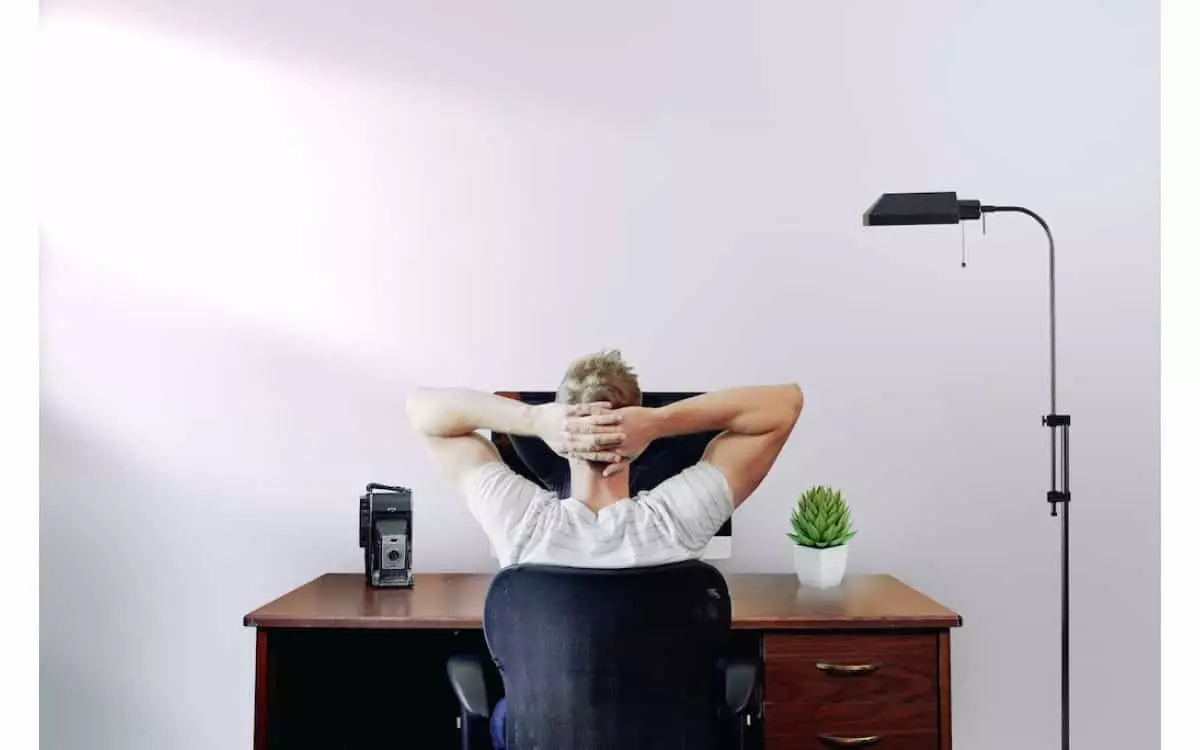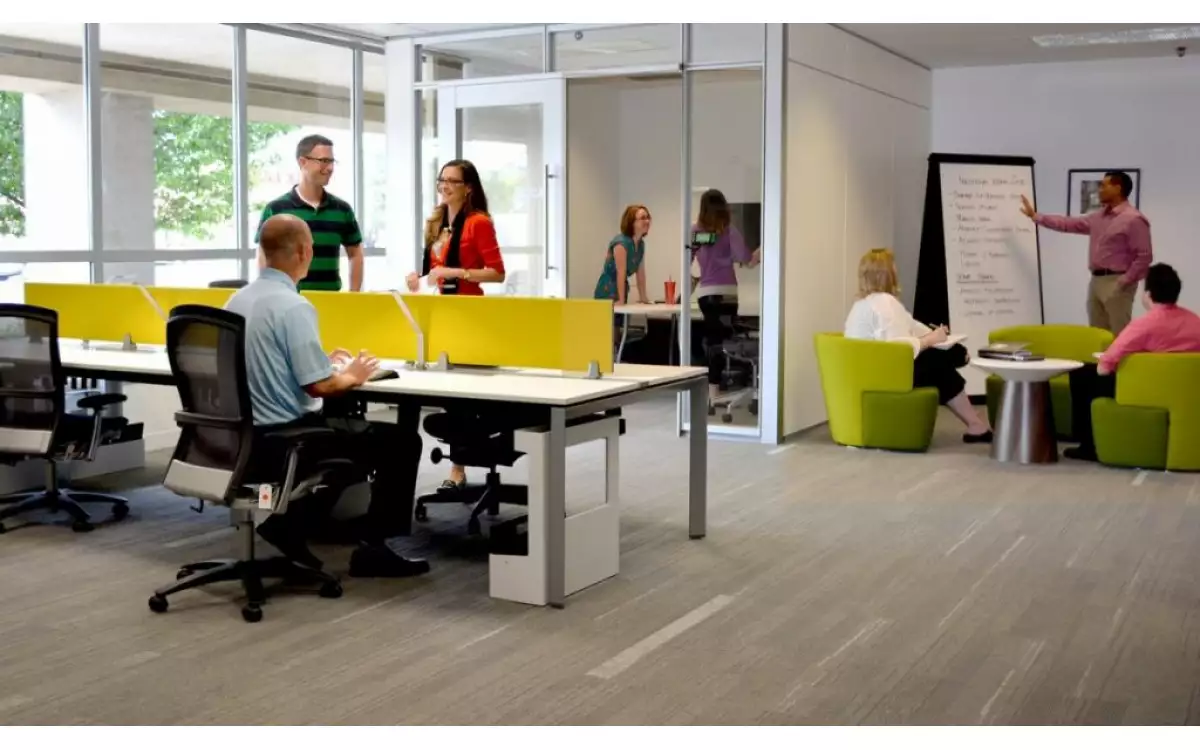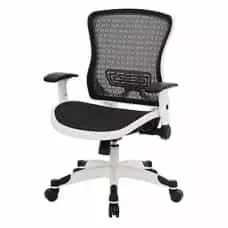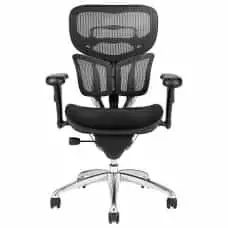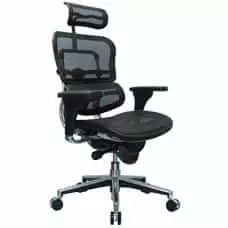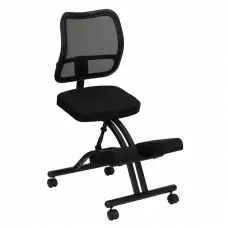We recently interviewed Maria Martinez:
Maria Martinez is the Vice President of Finance and Operations at Situation—a digital agency best known for helping brands build passionate communities through digital-first marketing strategies. She has been with Situation for over 11 years and leads the growing operations team. As one of the agency’s first employees, Maria has helped the agency grow from a team of four to a team of over 80 employees. Maria has spearheaded cultivating the agency’s culture and introduced sustainability practices on top of overseeing finances, events, recruiting, human resources, and logistics.
Can you give a quick overview of what you do professionally and why you do it?
Maria: My role has a lot of components to it from Operations to Human Resources to Finance. What I love about my work is that I am constantly challenged to continue learning new skills to support the company’s growth and success.
As the head of an Operations Team, my primary goal is to create efficient workplace strategies and implement them to elevate the agency.
What do you find most meaningful about your work?
Maria: I believe that the most successful work environments are dependent on the daily overall employee experience. We’re lucky to have an awesome team at Situation, so creating a workspace that reflects that dynamic is the most meaningful part of my job.
How important do you believe company culture is to an organization’s success?
Maria: Culture has become such a heavy word lately. Culture is clearly important, but it is only as good as a workplace allows it to be. Like any aspect of a business, it needs space to breathe and to change. Without flexibility, culture begins to take on a rigidity that is restrictive and ultimately limiting to those within an organization.
One thing I often find myself talking about is that I genuinely enjoy the people I work with and the joy that they bring into the workplace. We make each other laugh, appreciate a good coffee run, and value what one another brings to the table. This collection of people has been brought together by shared values, and it contributes to a collaborative culture that’s evident in our work.
Without naming the companies, can you give examples of good cultures you have worked in and bad cultures you have worked in and how they have led to positive and negative results respectively?
Maria: In past experiences, I have seen work environments that are prone to competition within their team structure. While competition can have a positive impact on the bottom line, it ultimately does not foster a workplace where growth and employee well-being prioritized.
This can often lead to higher turnover.
What is the company that you have worked for or with that you believe has the best culture and why? What can other companies do to emulate their success?
Maria: The best culture is genuinely hard to define. Culture is a product of the company’s values, and it reflects those who are part of it. I believe there can be a few “best” cultures. I, for one, am proud of the people-first culture we have built at my current organization over the last 18 years.
I genuinely believe that our decisions start from thinking about how the team will be impacted as opposed to how the bottom line will change. That decision-making process shapes our culture and keeps me coming back to the agency year after year.
Describe your office environment and how it relates to your company culture. Give us a feel for your office design from the office furniture design to the intangibles.
Maria: The experience our staff has in the workplace is paramount to the way we define our culture in the organization. With that said, that experience directly relates to the space we provide for them to work in. We've worked with scrappy budgets, especially in the early years, but we always made choices we believed would positively impact our workplace.
Three years ago, we were given our first opportunity to build out and design a custom office space to fit our needs. I can confidently say that once you walk out of the elevator to see our glass entrance, our beautiful reclaimed wood wall, and our bright green accent walls, you instantly get a feel for who we are.
To ensure we considered company culture in all aspects of our new build, we engaged select team members in the space's design. These team members offered insight on how our teams would use the area, and it allowed us to tailor decisions about workspaces, lighting, and even wall colors.
We knew that we wanted to make our space a direct reflection of who we are to our employees, clients, and partners. Given that commitment, we invested in everything from all-new, clean white workstations, and ergonomic chairs to brand new sets of dishes and silverware for the kitchen. We also injected some custom, handmade elements into the space with a reclaimed wood conference room table and kitchen island.
Beyond that, we considered that we were transitioning from an office with many walls to a mostly open floor plan (which would have a significant impact on the day-to-day experience). We proactively created multiple phone rooms and common spaces with different seating options to give our people the space necessary to be productive away from their desks.
We were so proud of the custom build; we even created a hardcopy book about the construction and design. That book sits on our coffee table for guests to look through and speaks deeply about a space we're proud of.
What do you believe are the key elements to creating and maintaining an uplifting office environment?
Maria: One of the key elements to creating and maintain an uplifting office environment is having a mechanism in place to listen to your staff. The mechanism can be in the form of an email-request process, a formal ticketing system, or a full operations team. In my experience, the way you learn about what works is directly asking employees for feedback or suggestions.
While we may not implement everything presented, we always gain valuable insight into day-to-day challenges we may not be aware of as a leadership team. Through feedback, we’re able to address concerns in a way that continues to meet company goals, and all it takes is inviting the dialogue.
The more our employees feel they can communicate their needs, the better-taken care of they feel. The more uplifted a staff feels, the better the output of work. It’s full circle, but it starts with asking, “what could we be doing better?” and taking the responses seriously.
Even our President & Founder has an open-door policy in which anyone can walk in to chat about, well, anything! The transparency and openness we exhibit as leaders are to make our staff feel more comfortable with communicating their perspective on the environment we’re building.
What does ergonomics mean to you? How has your knowledge of ergonomics impacted your work?
Maria: To me, ergonomics is the meeting place between form and function. It understands that the structure, which in the office sense includes the equipment, furniture, and environment provided, can have a direct and meaningful impact in the way that your team can function.
While we cannot offer specialized workstations for every individual, ergonomics has definitely factored into the design of the office, and in the shared working spaces. We understand that many people work best when they can change the way they sit, what kind of screen they look at, or just the view from their desk. We have directed a lot of our focus on providing this type of choice for them in their daily experience.
How do you buy office furniture? Do you buy furniture online?
Maria: Our very first office furniture was almost exclusively IKEA furniture. As a company early in its development, it offered the flexibility of use and an efficient way to expand while creating a uniform look to the environment. Honestly, this was a bit before IKEA offered the ability to buy online and have it delivered, so our President & Founder was bringing it in on the weekends!
Since we had the opportunity to customize our current office, we visited multiple showrooms to test out what we were interested in. From there, we'd get a feel for the different configurations we might consider for workspaces. We came to understand the impact furniture colors and textures had in an office environment; both were and are important considerations when trying to provide an enjoyable space for staff.
When do you decide to buy?
Maria: What has gone unchanged in our buying process is that we decide to buy when there's a clear need, and it fits within our overall operating budget. Sometimes it's due to growth, replacement needs, or an addition to our office that we feel is essential to our whole environment.
What office chair do you sit in and why? What specific features about your office chair do you appreciate and enjoy?
Maria: I sit in one of our standard office chairs that has an ergonomic back, rolls, turns, and has adjustment features for both height and angle of leaning. Because I spend many hours a day at my desk, comfort is paramount. I am more productive if I am not continually shifting and adjusting my chair.
And how would you weigh the relative importance of comfort, posture support, design, cost and other variables?
Maria: The overall design is vital in establishing a visual office vibe, but that tends to be lower on my list of considerations. Comfort and posture support are at the top of my list. Cost is a huge factor, especially in my role, but I think there’s a huge selection of great chairs available across multiple price points.
What is your best advice on maximizing productivity in the office?
Maria: I think one of the keys to productivity is overall comfort and enjoying the space in which you work. One of our most successful efforts to achieve this in our office has been providing a variety of flexible common areas for people to work in. Our staff can go from their workstation to a communal standing desk, or from couches to a private phone room.
We give our team the opportunity to work wherever they feel most productive at any given time. There’s also our unlimited work-from-home policy which we genuinely believe can help impact productivity, but that’s another article!
What is your best advice on effectively managing others?
Maria: For me, one of the most useful skills I have learned in managing others is clearly defining your expectations for them and their role. Establishing expectations and communicating them well creates the opportunity for an employee to be directly involved in the conversation about their performance and growth. This crucial dialogue promotes trust as well as the opportunity for team members to address challenges proactively.
Expectation-setting shouldn't limit what you ask for as a manager. By setting expectations, you create a stable structure that allows for constructive feedback directly to the role.
What workplace trends do you see on the horizon? Leave us with three things we should be on the lookout for.
Maria:- Perks that allow flexibility in workplace and lifestyle such as remote-work opportunities and work from home. Not only are these programs great for staff, but they also expand the talent pool. Both have a positive impact on the overall work product.
- Emphasis on disconnecting – for so many years, there has been a focus on how to get more connected, combine devices, and have immediate access. I think a lot is being discussed about the negative impact of this connectivity and workplaces will need to be proactively addressing how to support this reversal. Our agency just read Cal Newport’s “Digital Minimalism” and were all inspired by how to use technology more effectively. I think it’s a trend we’ll see industry-wide.
- Continued emphasis on transparency and internal practices fueled by continuing legislation to define workplace rights and expectations clearly.




